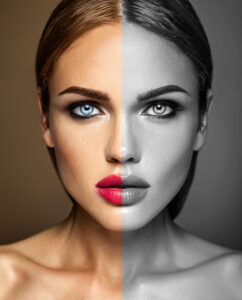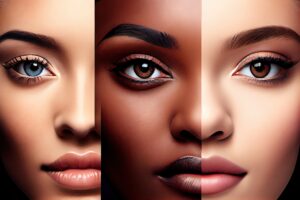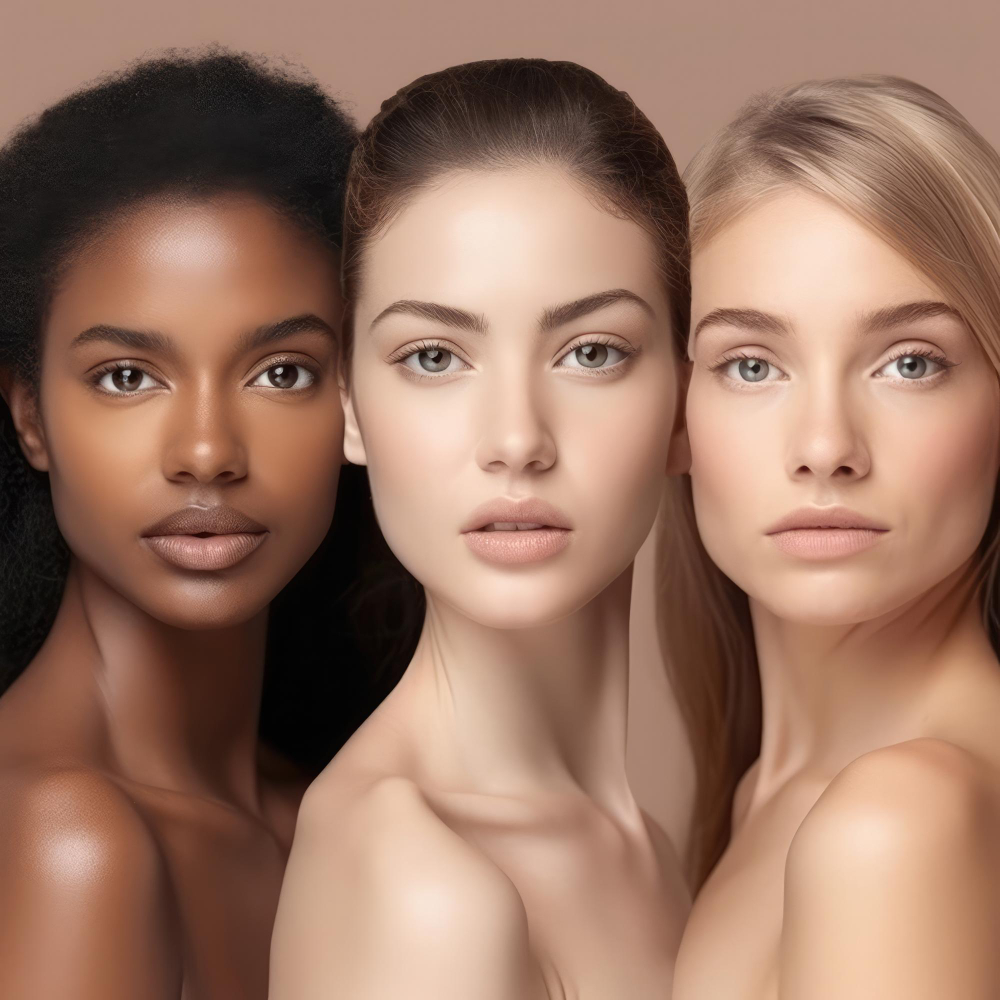
PMU Color Theory: Correct Color Selection and Harmony
Permanent Makeup (PMU) is a specialized technique that involves implanting pigments into the skin to enhance facial features. One of the critical aspects of achieving natural and aesthetically pleasing results in PMU is mastering color theory. Understanding how colors interact and selecting the right shades is essential for creating harmony and ensuring client satisfaction. In this article, we will delve into the principles of PMU color theory, focusing on correct color selection and achieving harmony in the final outcome.
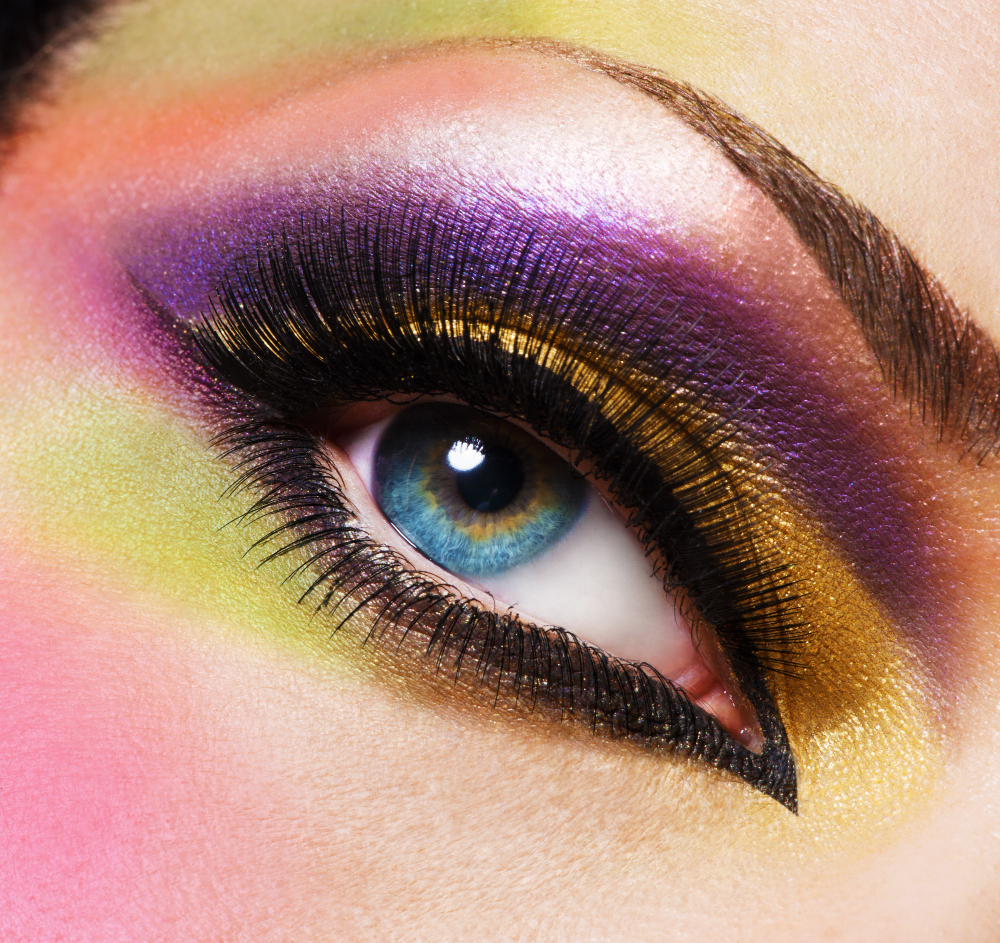
Understanding Color Basics
Before delving into PMU color theory, it’s important to grasp some fundamental concepts of color:
-
Hue: Hue refers to the actual color itself, such as red, blue, or yellow.
-
Saturation: Saturation refers to the intensity or purity of a color. A highly saturated color is vibrant, while a less saturated color appears muted or pastel.
-
Value: Value refers to the lightness or darkness of a color. A light value has more white, while a dark value has more black.
Correct Color Selection
Choosing the right colors for PMU involves considering the client’s natural skin undertones, hair color, and overall complexion. Here are some guidelines for correct color selection:
1. Skin Undertones:
Identify whether your client has warm, cool, or neutral undertones. Warm undertones typically have yellow or golden hues, while cool undertones may have pink or bluish undertones. Choosing pigments that complement the client’s undertones ensures a harmonious and natural result.
2. Hair Color:
Consider the client’s hair color when selecting pigments for eyebrows or eyeliner. For example, individuals with darker hair might opt for slightly darker shades, while those with lighter hair may prefer softer tones to create balance.
3. Complexion:
The client’s overall complexion, including their natural skin color, should guide your pigment choices. Pigments that are too contrasting can appear unnatural, while those that closely match the client’s complexion will blend seamlessly.
Achieving Color Harmony
Creating color harmony in PMU involves selecting pigments that work well together and complement the client’s natural features. Here are some strategies for achieving color harmony:
1. Analogous Colors:
Analogous colors are hues that are adjacent to each other on the color wheel. Using analogous colors can create a soft and pleasing look. For example, selecting shades of brown and taupe for eyebrows can achieve a natural appearance.
2. Complementary Colors:
Complementary colors are opposite each other on the color wheel, such as blue and orange or red and green. While using direct complements can be bold, incorporating subtle hints of complementary colors can add depth and dimension.
3. Triadic Colors:
Triadic colors are evenly spaced around the color wheel, creating a balanced and vibrant effect. For instance, using a combination of red, yellow, and blue tones can produce an eye-catching but harmonious result.
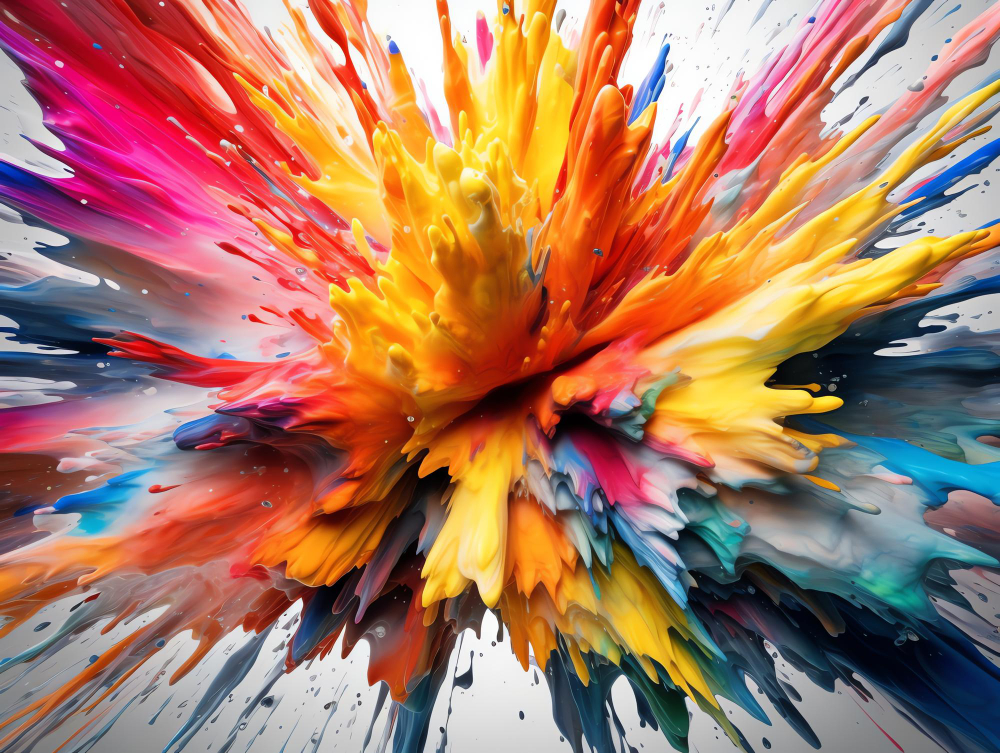
Client Consultation and Collaboration
A crucial step in PMU color theory is thorough client consultation. Engage in open communication with your client to understand their preferences, lifestyle, and desired outcome. Additionally, consider factors such as any existing tattoos, makeup habits, and personal style. Collaboration with your client ensures that the chosen colors align with their vision and enhance their natural beauty.
Conclusion
Mastering PMU color theory is an essential skill for any Permanent Makeup Artist. Proper color selection and achieving harmony can make the difference between a result that appears artificial and one that enhances the client’s appearance naturally. By understanding color basics, considering undertones, hair color, and complexion, and applying color harmony principles, PMU artists can create stunning and long-lasting results that leave clients feeling confident and satisfied.







